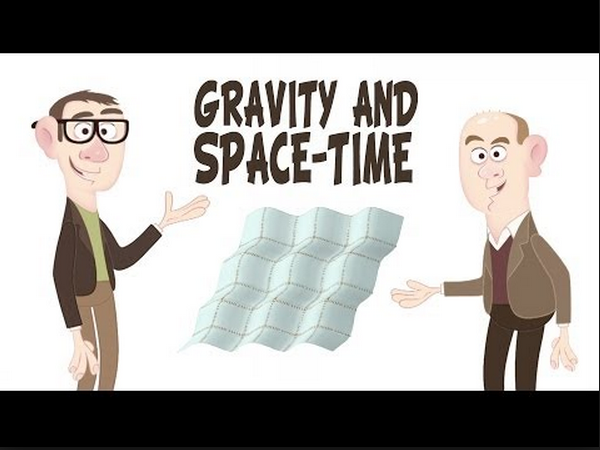
As we all know, Space is where things happen. Time, on the other hand, is when things happen. In order to really look at the universe, in order to truly understand it, you need to take those two concepts and bring them together. Now, do you want to see these two concepts, and the connections between space and time (spacetime), explained by two adorably dorky scientists? Of course you do.
In this video, Andrew Pontzen and Tom Whyntie go through the basics of space and time individually. They discuss what physics looks like from other people’s perspectives and why things sometimes behave differently. Thus, they help us understand the murky thing that is spacetime.
For example, one of the things that they discuss is something that is a fundamental part of understanding space and time and, thus, the physics of our universe—Galilean transformation (which has a scary sounding name, but it quite easy to understand).
In essence, one way of thinking about physics is imagining a stationary camera. Ultimately, the perspective of the original, stationary camera (which will witness a plethora of things coming and going and moving about) can also be analyzed from the perspective of someone moving along at a steady rate.
To break this down, imagine someone going by on a boat. They drop a ball on the deck of the boat. From their perspective (the perspective of the person on the boat, the ball just falls straight down. However, the person standing motionless on the shore will see the ball continue to move forward as it falls. Ultimately, the ball would follow a so-called parabola, as though it had been thrown along at the same speed as the train. Here’s a handy animation that shows you what this looks like. This shift in perspectives is known as a Galilean transformation, named after the pioneering scientist Galileo Galilei. And it is necessary in order to have an understanding of how our universe functions.
You can find out why, and learn a lot more, in the videos below.


FQTQ is managed by two people, Jaime and Jolene. We want to make science fun and engaging. We’re doing that. With your help, we can do even more.
Below you can support us, get to know us, and access extra content: